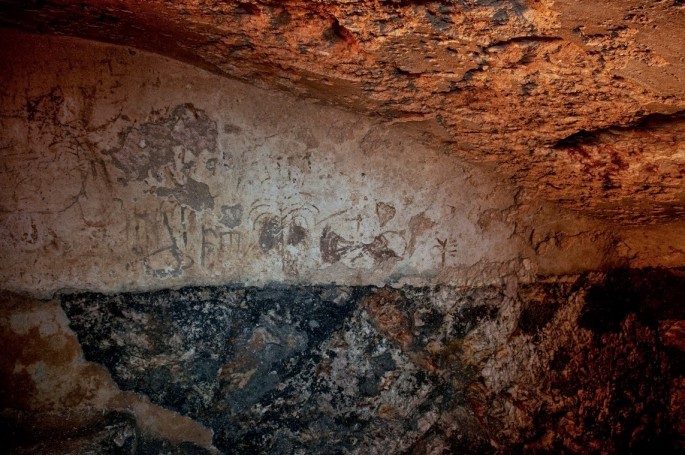Researchers had uncovered some mysterious signs and symbols including inscriptions in a 1st entury A.D. underground cave in Jerusalem that was probably used for bathing and other related rituals during the time of Jesus Christ.
During a construction of a preschool, scientists from the Israel Antiquities Authority were conducting some routine archaeological inspections when they discovered ancient images all over the walls of a mikveh or a ritual bath, located in the ancient Arnona quarter.
The mikveh walls were plastered with not only ancient Aramaic inscriptions but also art that included paintings with cursive Hebrew script written all over, which is also considered as a practice done during the end of the Second Temple period.
The symbols drawn include palm trees and a boat with a variety of plants and even a menorah lamp.
According to excavation directors, Royee Greenwald and Alexander Wiegmann from the IAA, this is no doubt, a significant discovery where this kind of rich amount of inscriptions and symbols originating from the Second Temple period were all found in one archaeological site. They also add that the state of preservation in the site is extremely rare and unique, making it most intriguing.
The scientists also believe that the wall drawing that appears to be a menorah is rather unusual since during that era, people refrained from portraying sacred objects which is housed in the Temple. According to Greenwald and Wiegmann, another possible explanation for these symbols is that they are secular in interpretation or could symbolize religious significance and deep rooted spirituality.
The team from the IAA now removed the wall paintings inside the underground cave's ritual bath area to store them in a safer environment inside conservation labs since they are sensitive to light exposure. The IAA also announced that these ancient wall inscriptions and paintings will be displayed to the public in the future.






















